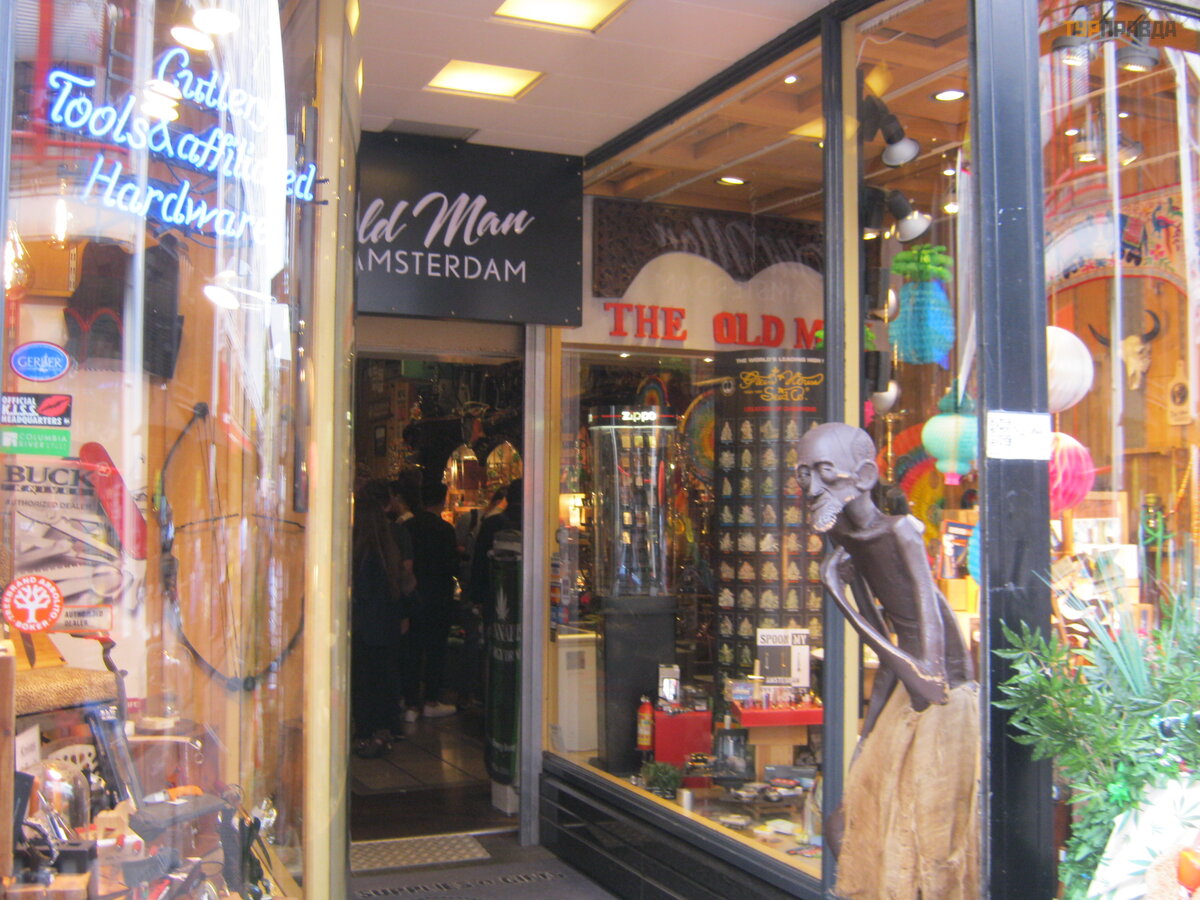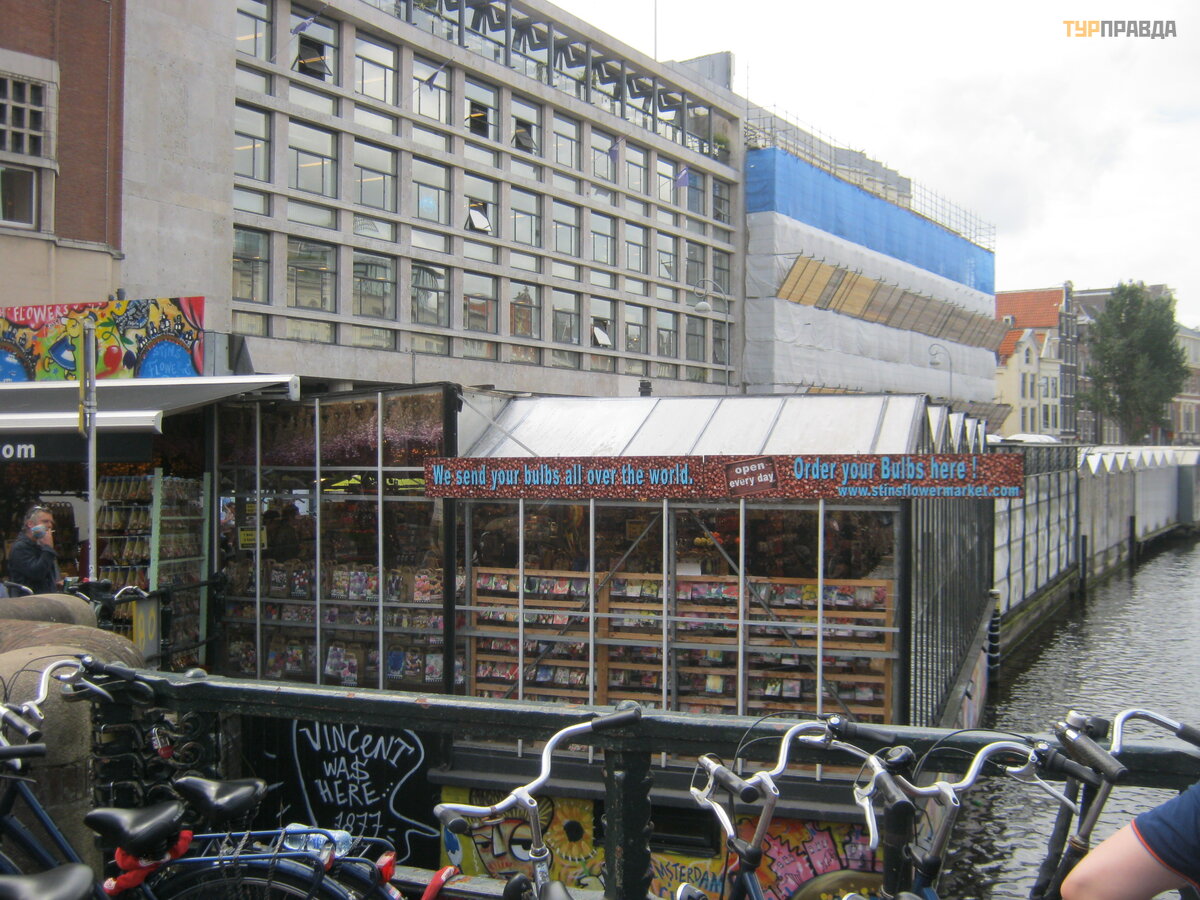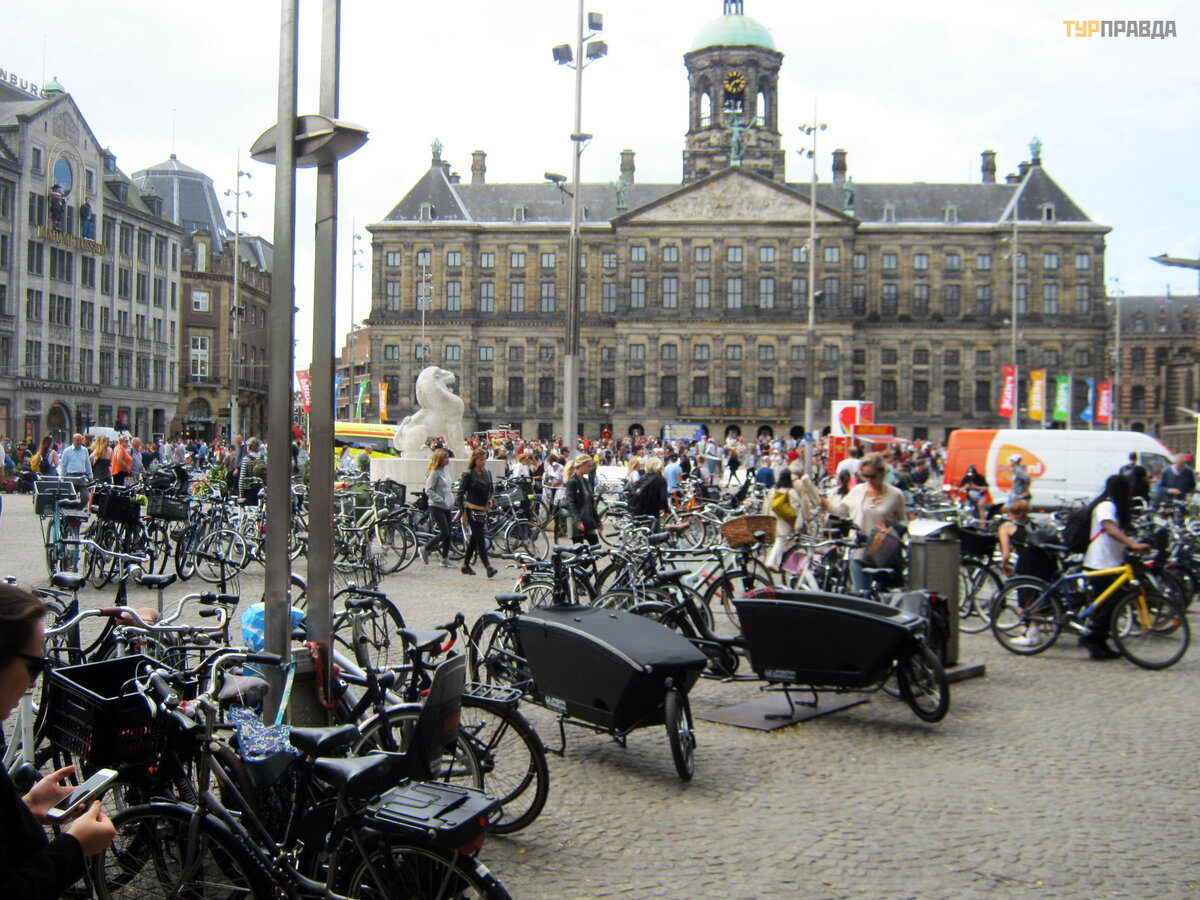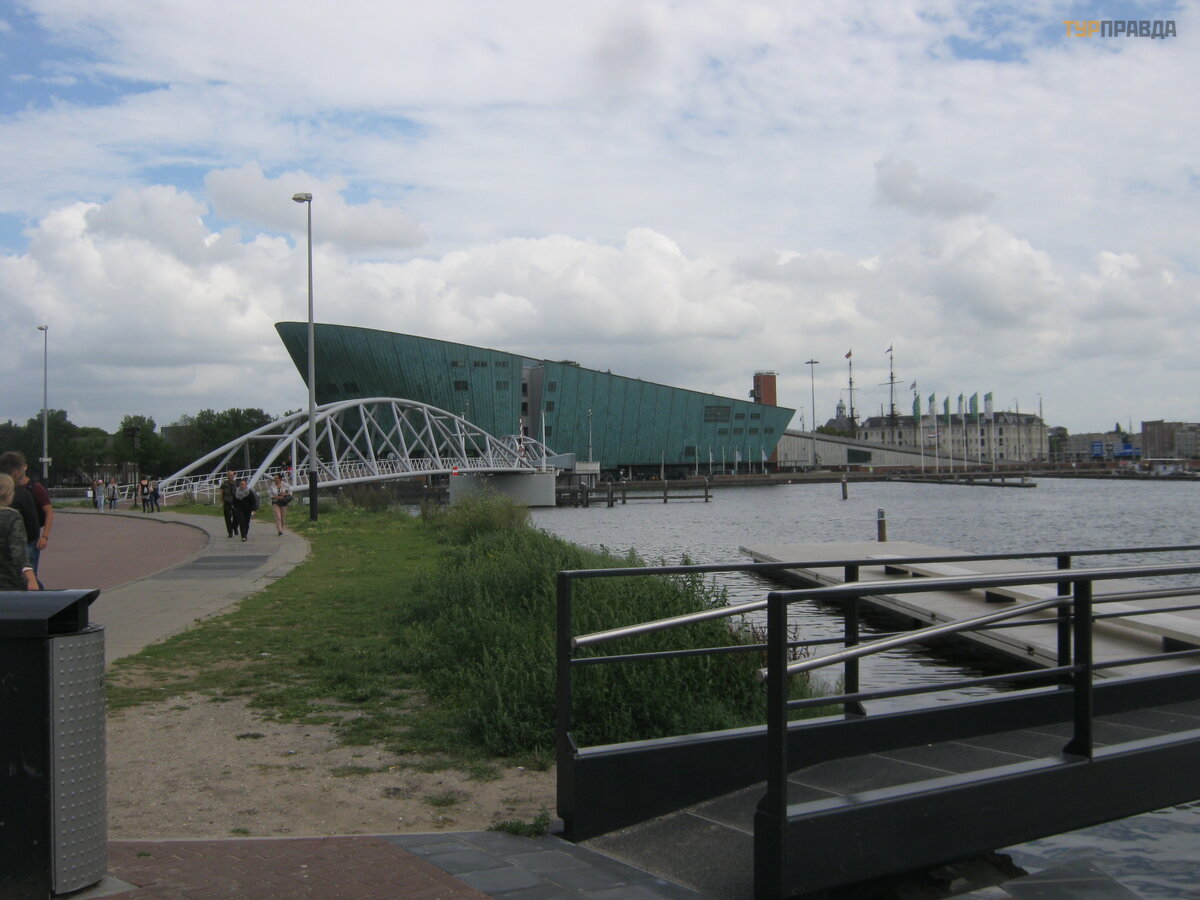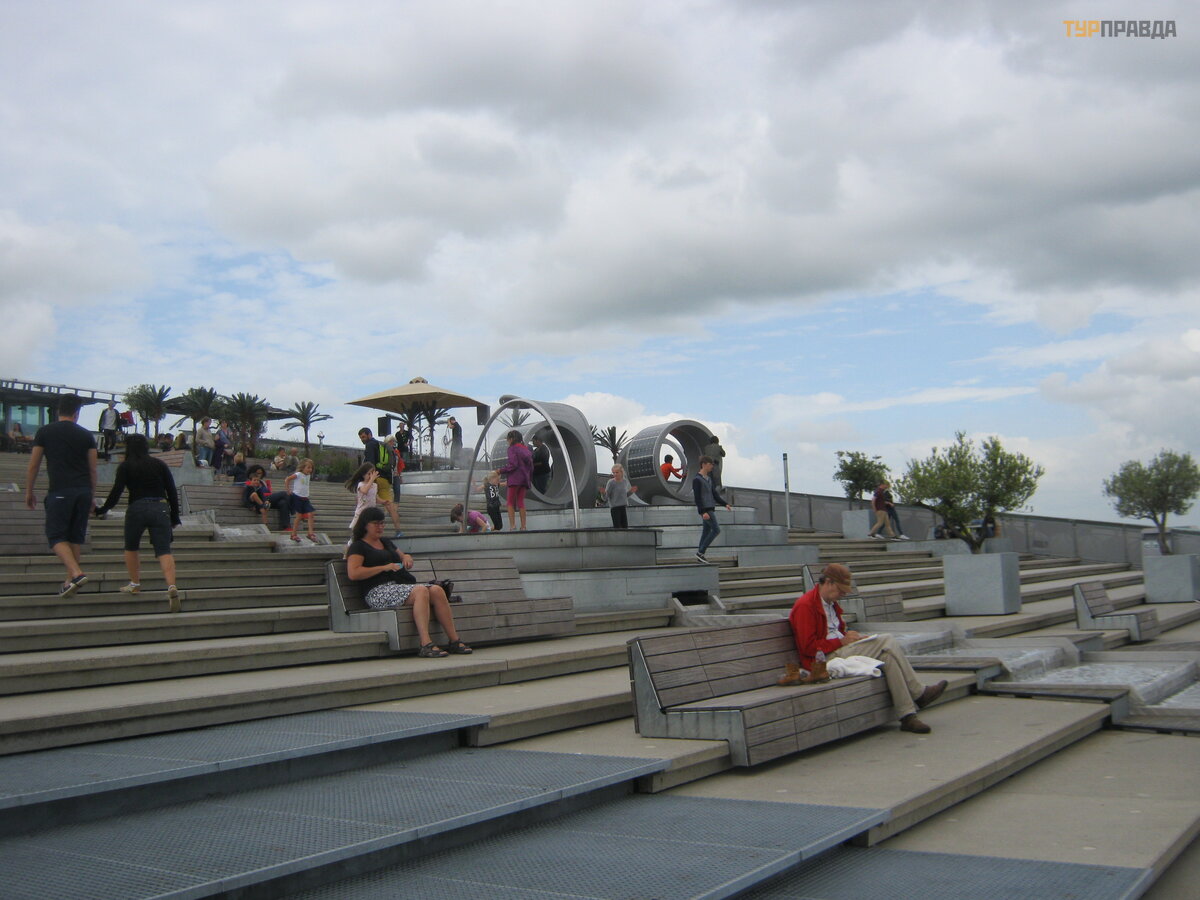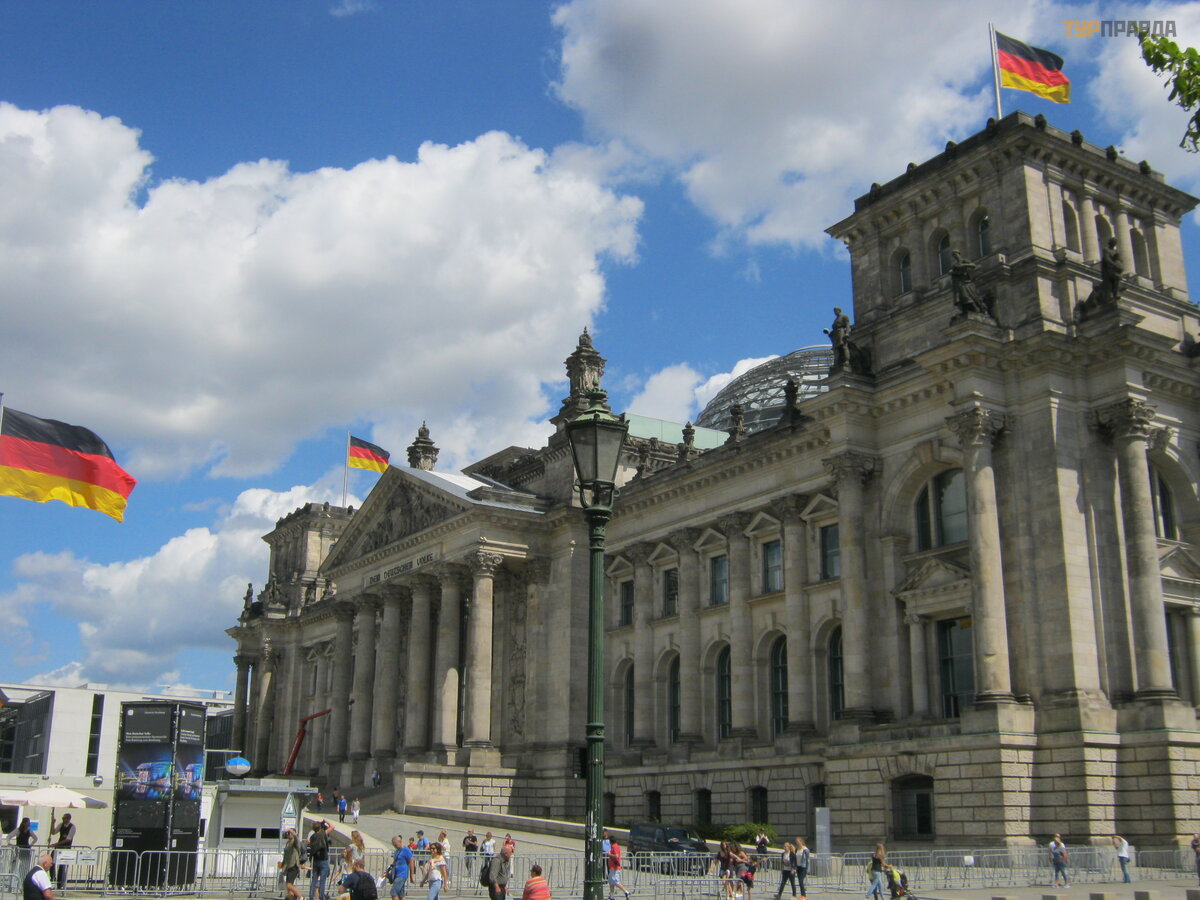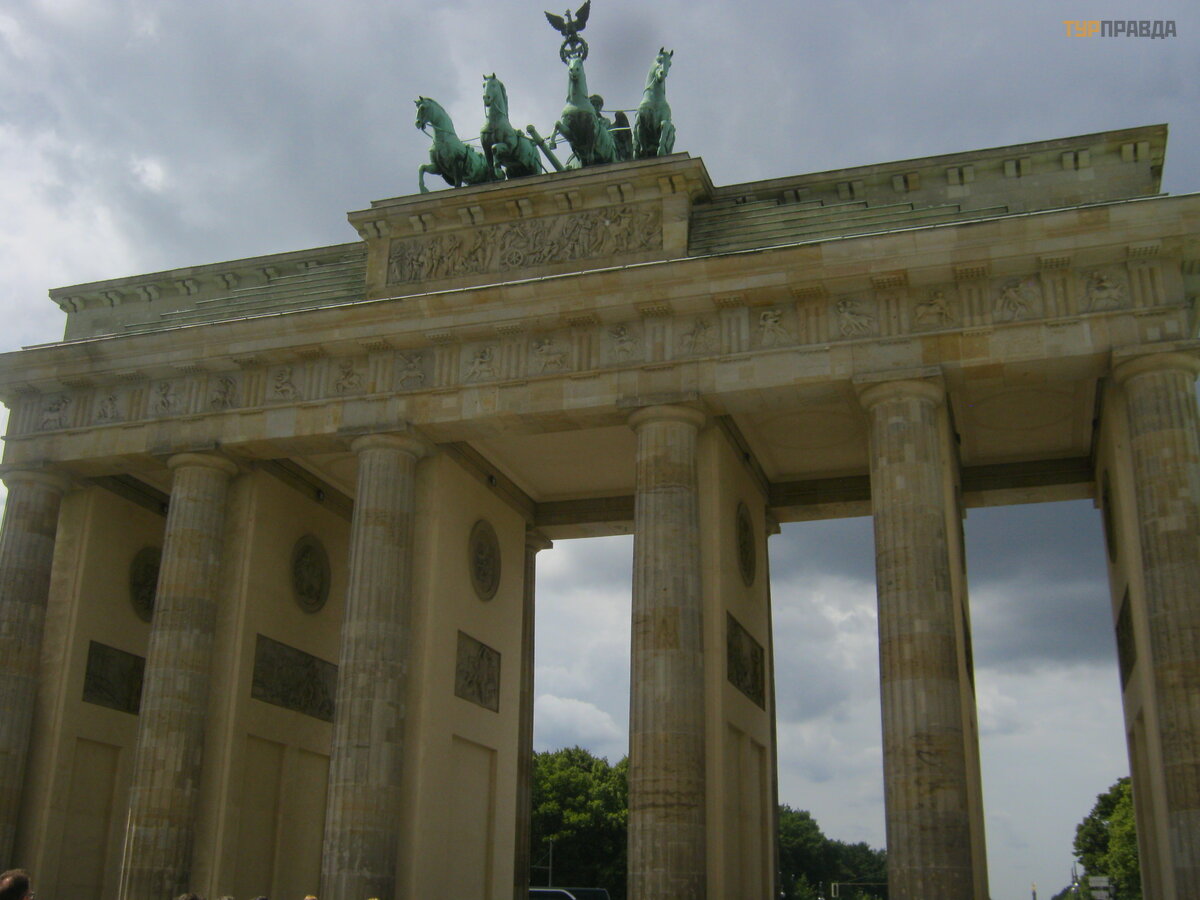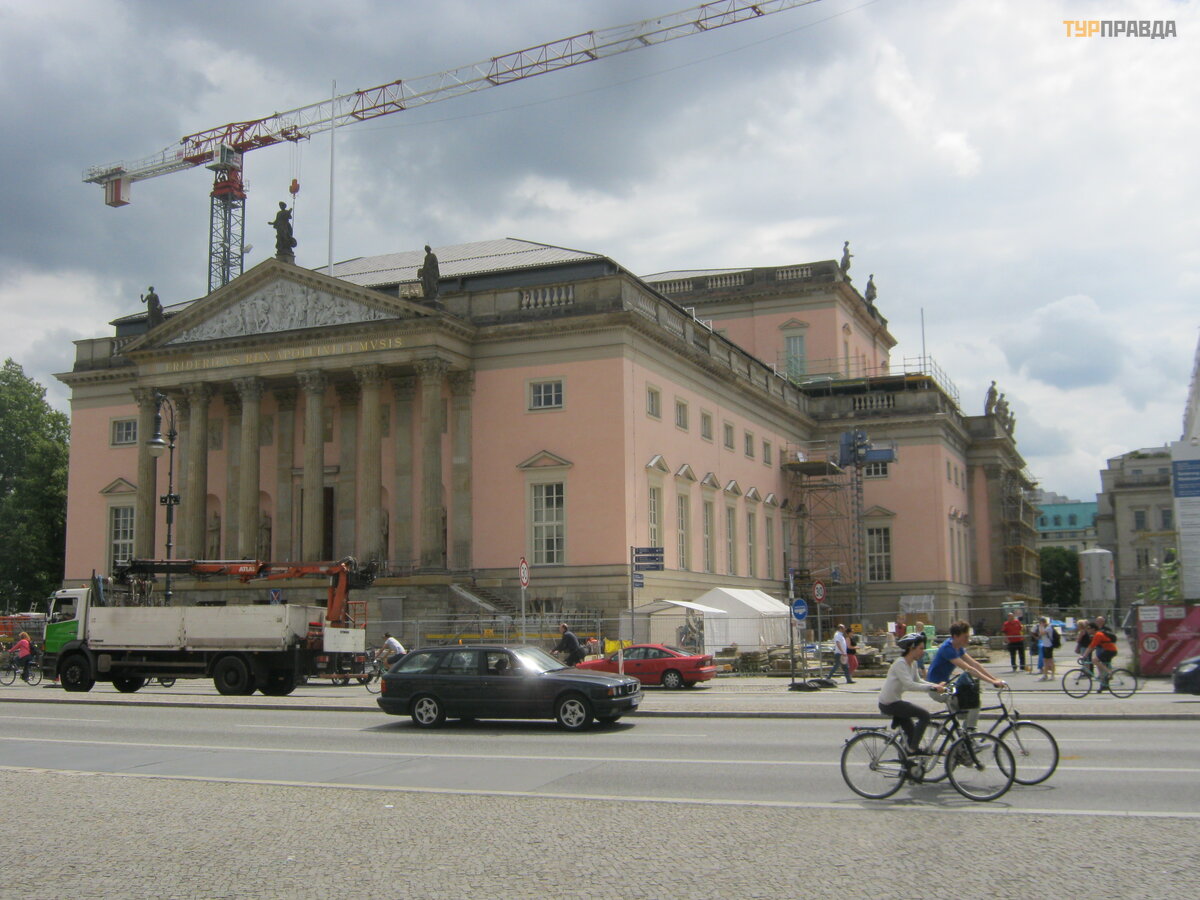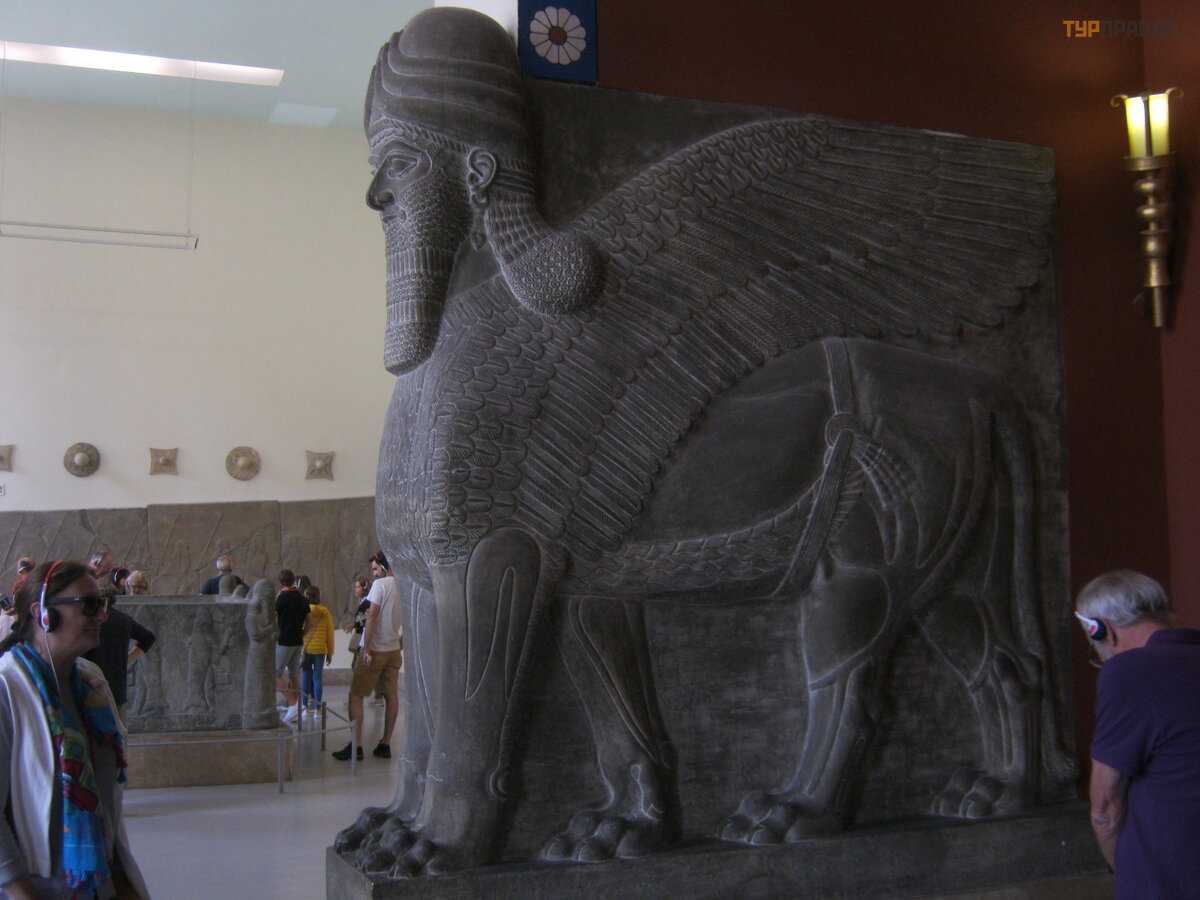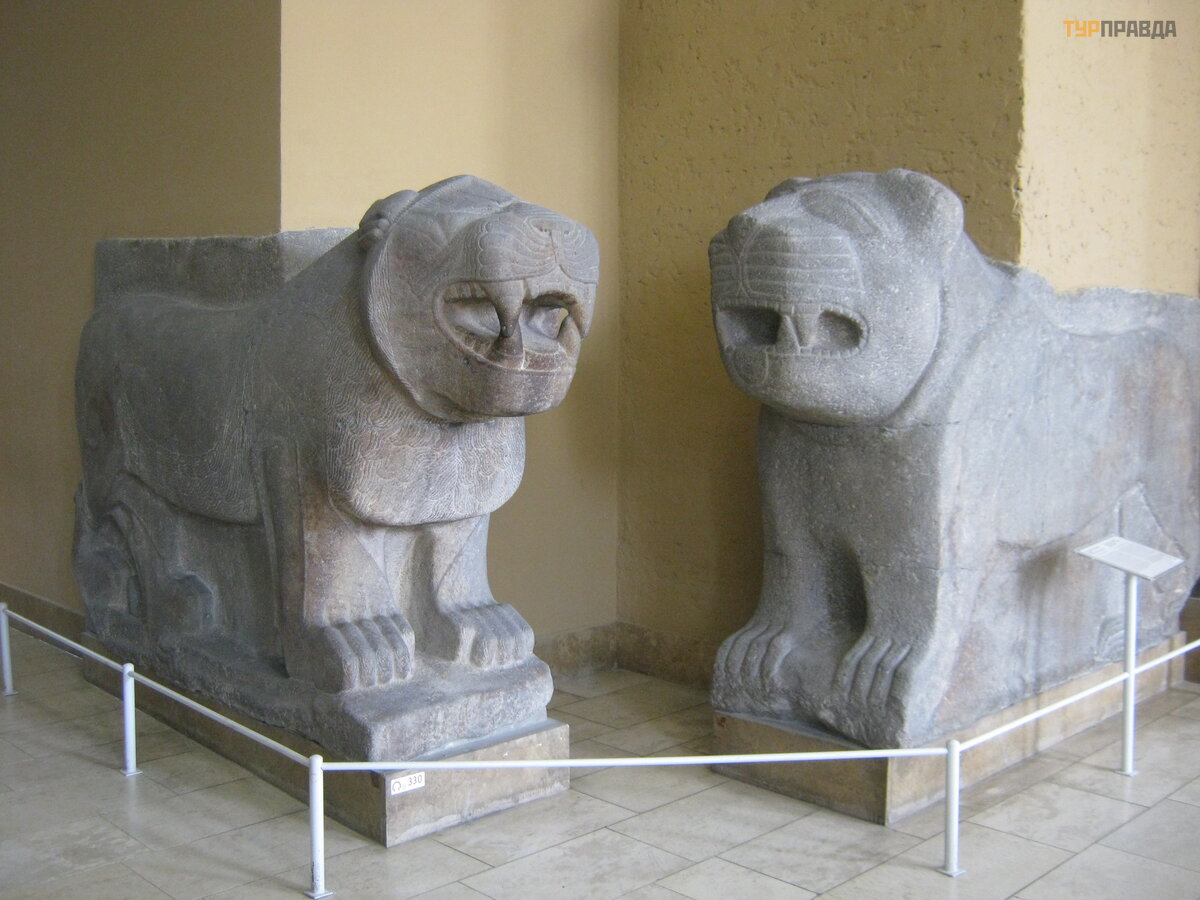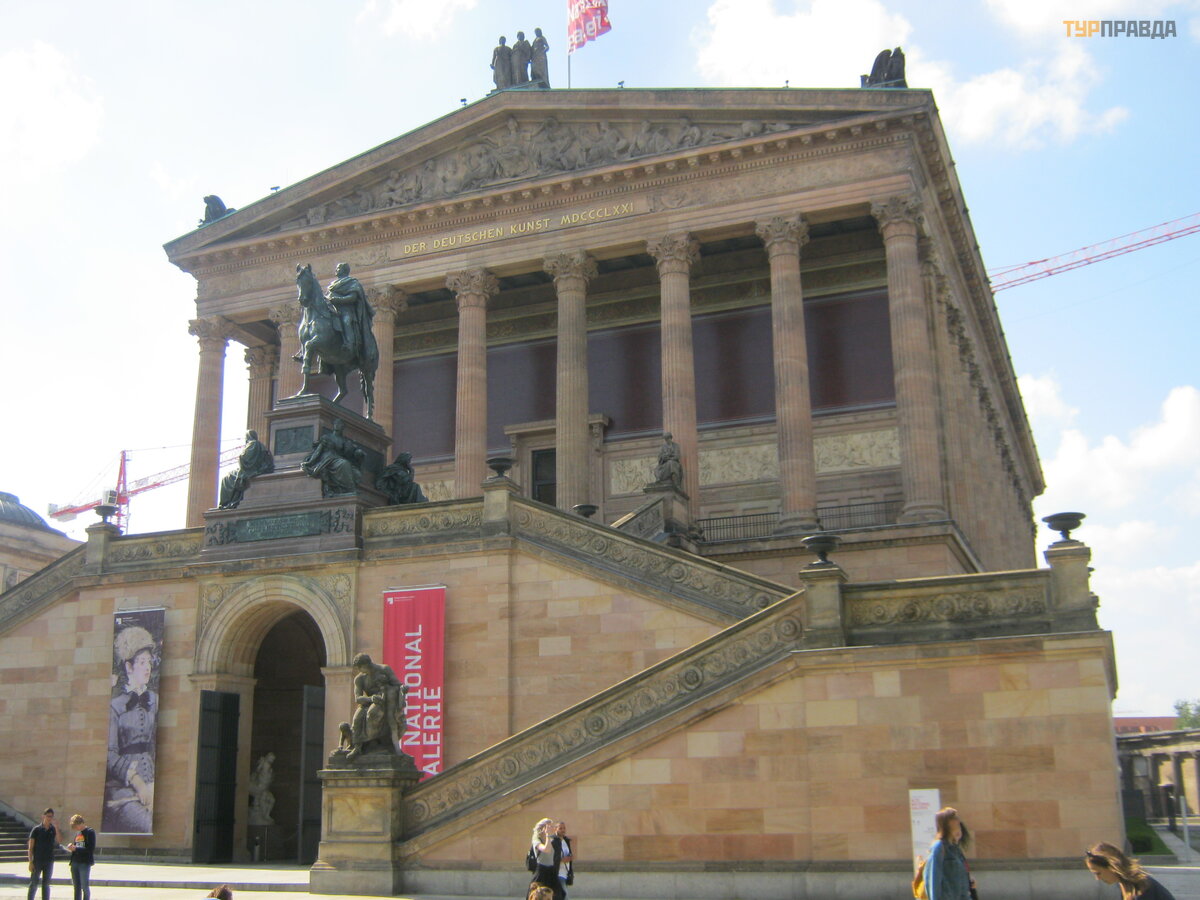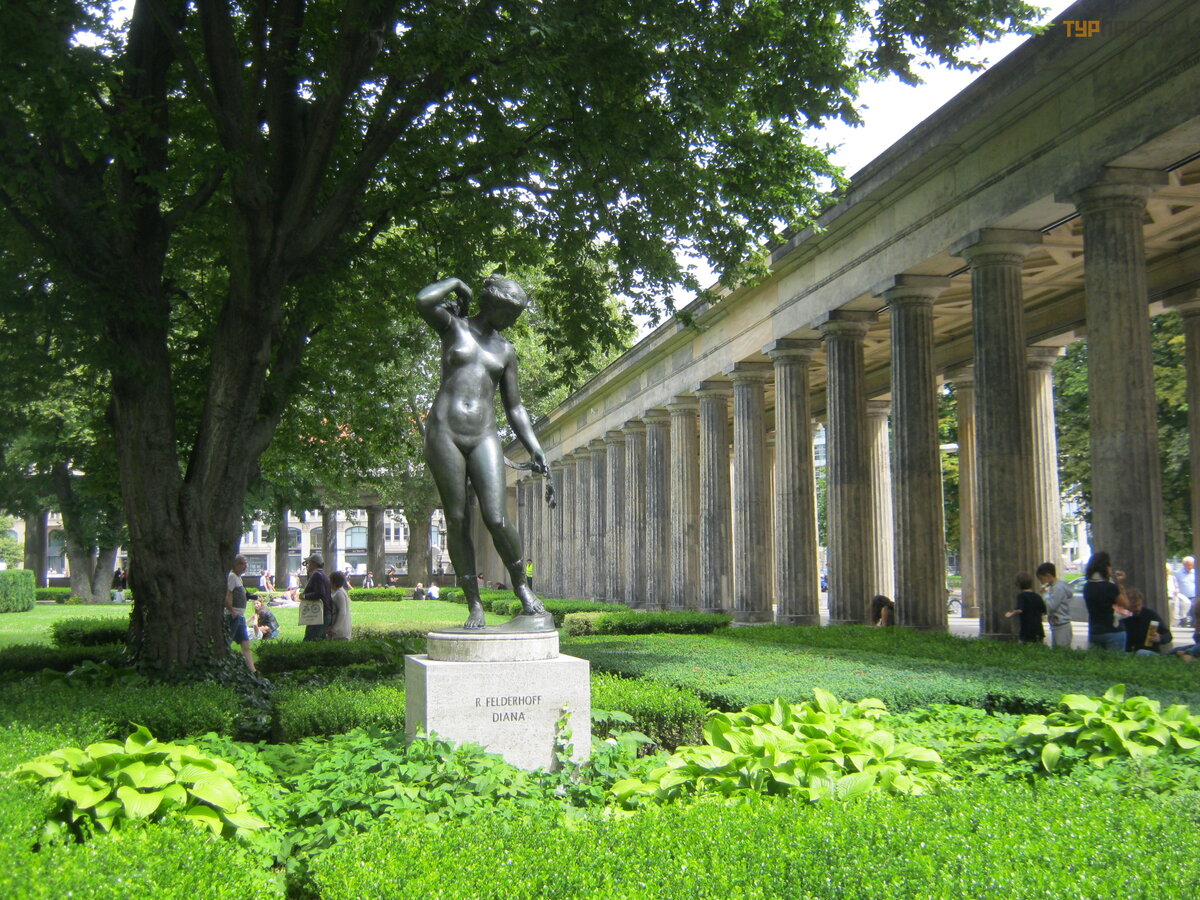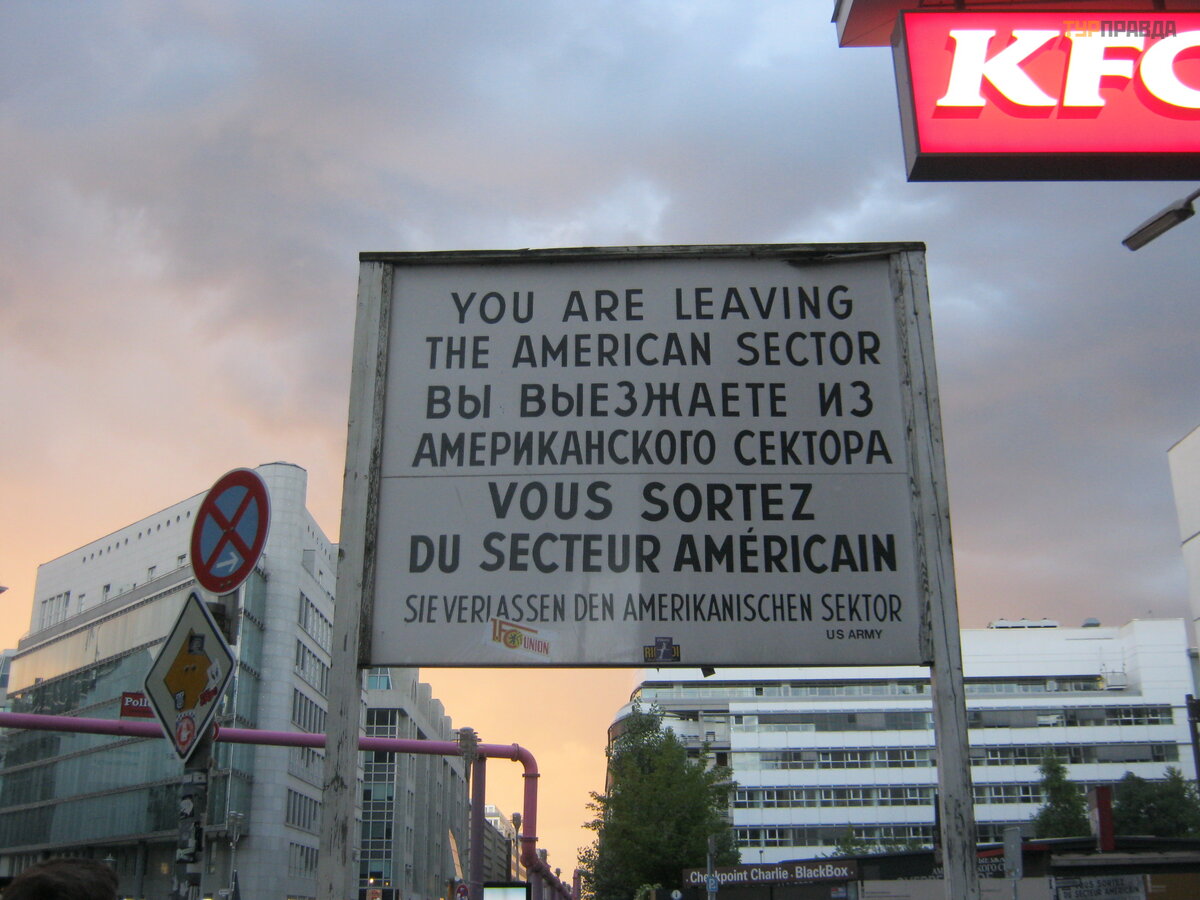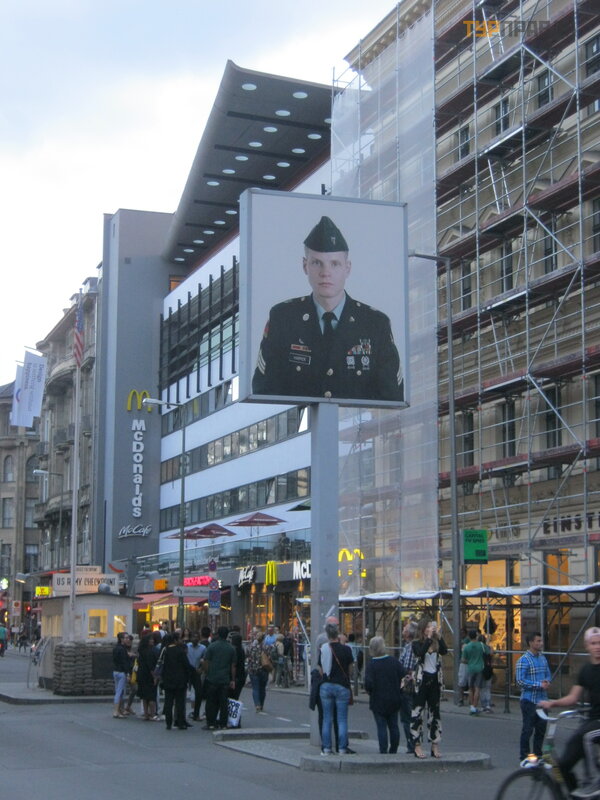Blitz Amsterdam. Part 2.
Continued. Start here
The Beguinage is one of the oldest and most beautiful architectural ensembles in Amsterdam.
This is what the Beguinage looks like today in Amsterdam
The Beguinage is a medieval courtyard, which is located a meter below the rest of the Old Town, which can only be reached through a very narrow archway from Spey Square.
The narrow entrance to the Beguinage. Amsterdam
The exact date of its foundation is not known, but the first mention dates back to 1307. Begins or begards in medieval Europe were called members of the Catholic order, leading a monastic lifestyle, but without oaths and with the right to return to secular life, the world. Accordingly, this territory belonged to the monastery of beguins, where wealthy widowed women went, who opposed the only way out of their situation: to marry the first person they met or go to a monastery, giving away all their fortune. Beguine women lived apart, engaged in socially useful activities and led a monastic lifestyle, without taking a vow of celibacy. In 1971, after the death of the last of the beguines, the settlement was restored and began to exist in its present form as an architectural monument.
Today, the Beguinage is a surreal oasis of tiny buildings and gardens around a manicured courtyard. The beguinage consists of 47 houses, most of which are built in the Gothic style.
Begenhof - the yard of the Beguine Monastery in Amsterdam
The houses in the courtyard are still a haven for single women (more than just old women live there), who calmly drank tea in their apartments without curtains during our visit. When one of the women arranges her happiness, her place is immediately taken by the next in line. There is also a small church on their territory. Everything is very well maintained: trimmed emerald lawns and a sea of flowers!
You can see that women live!
Amsterdam is unlike any other city we have ever seen.
This is a city of amazing contrasts. Near churches and monasteries, shops selling all sorts of “nonsense” operate legally: hallucinogenic mushrooms (pickled, like our mushrooms, in jars), cookies, chocolate and some kind of cannabis cakes.
A shop selling cannabis in different forms
There are coffee shops all over the city (they have nothing to do with coffee), under many of them by 11 in the morning some muddy homeless-looking individuals are smoking, sitting and lying down. Closer to dinner, the old city is saturated with the smell of marijuana.
This attitude towards drugs, it turns out, is only in Amsterdam itself. It is already a criminal offense to export and use them outside not only the country, but even the city.
We walked along the "heart of vice and debauchery" - the quarter of the "red lanterns". True, it was a little late afternoon. The quarter did not look as bright as in the evening illumination. It looks like an ordinary Amsterdam quarter: narrow streets along the canal, clogged with bicycles, in the middle of the quarter stands the Old Church, and next to it is a kindergarten.
The Red Light District during the day is no different from all other quarters of Amsterdam
The windows of the surrounding houses are empty, in some places covered with curtains, no red lights.
But in the narrow alleys leading from the canal, girls stand in shop windows like mannequins. It is clear that many work during the day. They, as in life, are all different: plump and thin, fair and dark, well-groomed (so that there is practically nothing natural in their faces and bodies, and even in wigs), and natural (with folds in those places from which most women would be happy to get rid of). They stand in linen and in such theatrical poses that at first you don’t immediately understand that they are alive.
Across a house or two, absolutely normal clothing stores, design studios, cafes with coffee and croissants. And again showcases with girls. And in the middle of all this, people with strollers, whole families, are walking. Some Muslims take their women there, wrapped in all black. Nasty impudent teenagers shout something to the girls and tease.
And in general, there are enough suspicious personalities throughout the quarter, with whom it would probably be better not to meet in the evening. In short, life is busy. It is strictly forbidden to photograph girls in shop windows, they monitor this, you can get it in the forehead, and the camera will be broken. They captured only the central square of the quarter next to the Old Church and such a monument to a prostitute advertised on the Internet. Only you are unlikely to see it, because it is small - 50 centimeters and very plain.
The central square in the Red Light District and a small statuette of a prostitute turns)
The most powerful impressions about any country are gastronomic. It is impossible not to visit Amsterdam and not try their famous herring. It would seem - well, what's wrong with that? However, the herring there is really very tasty. For hungry tourists, herring fillets are placed in a bun, sprinkled with pickled onions and put a few slices of pickled cucumber. This sandwich costs 3 euros. And, although in terms of our money, for one sandwich we could buy as many as 2 kg of herring at home, we must try it. This is exactly the case when money is not a pity. If you naively think that there are herring tents in Amsterdam at every turn, then I have to disappoint you, you still need to look for them. True, we prepared before leaving, read the advice of people and found it. But in our group there were people who, having run around the city for 10 hours, did not meet a tent with herring, and were very upset about this.
We were also at the famous floating flower market.
Floating Flower Market in Amsterdam
What kind of flowers and bulbs, seeds and souvenirs are not sold there! Bulbs of the famous Dutch tulips can be bought for 3.50 euros per pack (both single and mixed) or 3 packs for 10 euros. True, our attendant said that her tulips did not germinate. So that happens too. Therefore, the choice is yours. We didn't buy.
A garden near the Rijksmuseum in Amsterdam
After lunch, the city was filled with people so much that we will remember very well the crowdedness in Amsterdam. There are so many people walking, cyclists rushing, parked bicycles that there is nowhere for an apple to fall.
It's so tight in Amsterdam closer to dinner
We brought the sun to the city, and the people undressed, children and adults ran and played in the fountains. There is an interesting trap fountain near the Rijksmuseum.
Trap Fountain
As soon as someone enters there, he surrounds the visitor with a stream of jets that gush from the base of the fountain. It is impossible to foresee exactly where. And people with a screech are forced to stand and wait for the jets to subside. It's very funny to watch, but cold.
. . .
Nemo Museum in Amsterdam
True, we did not get into the museum itself. But on its roof of an unusual design there is an observation deck,
Observation deck on the roof of the Nemo Museum in Amsterdam
as well as a whole park of unique attractions where locals come to walk with their children. Children frolic in some interesting spinning tubes, jump in fountains. And it's all at a decent height!
Observation deck on the roof of the Nemo Museum in Amsterdam
From the roof of the Nemo Museum, you can enjoy a beautiful view of the old town and the Maritime Museum.
* All are kind of the same! Openly cute! I would never confuse them with German children, for example.
*
In 10 hours we managed to see a lot, even what we had not planned, and also went shopping a little. It's still the season of summer discounts! It's hard to resist the temptation.
We are leaving Amsterdam, now Berlin is waiting for us, and we are looking forward to meeting him.
Berlin welcomes us with great weather. Thanks to the drivers, they dropped us off right next to the Reichstag. It looks impressive in the sun.
Reichstag, Berlin
Our group went on a sightseeing tour, and we, armed with a map, walk according to our program. Of course, first to the visiting card - the Brandenburg Gate.
The Brandenburg Gate is a symbol of the unification of Berlin
We find strange signs there. . .
An interesting sign near the Brandenburg Gate
The central street of Berlin, Unter den Linden, is full of construction trailers with drawings of subway cars, apparently a new branch will pass here soon.
Restoration on Unter den Linden, Berlin
On Unter den Linden we go to the Museum Island.
Museum Island, Berlin
After reading useful tips on the net, we buy a one-day subscription to all the museums of the Museum Island for 18 euros per nose. This ticket includes audio guides in all museums on the island.
Subscription for one day to the museums of the Museum Island in Berlin
For comparison, a ticket to the Pergamon Museum costs 12 euros, to the Neues Museum 14 euros. It is clear that with all the desire, it is impossible to go around all the museums in one day,
Berlin Archaeological Museum
Entrance to the Historical Museum on Museum Island
but we visited three: Pergamon,
Babylon Gate - Ishtar Gate
Ephesian building facade
Exhibits of Assyrian culture in the Pergamon Museum
Exhibits of Assyrian culture in the Pergamon Museum, Berlin
New and Artistic. Such a number of masterpieces causes some kind of brain explosion! The Ishtar Gate in Pergamon, the bust of Nefertiti in the Neues Museum, the Impressionists (Monet, Renoir) in the Art Museum.
The building of the Art Museum in Berlin
Exhibits of the Art Museum, Berlin
There is no strength, no legs, no time, the head stops thinking, and we leave the museums. It's a little sad, but you can't embrace the immensity.
On Museum Island there is a huge cathedral built for the Hohenzollern dynasty.
The Dome Cathedral on the Museum Island in Berlin
Now the entrance to it is paid - 7 euros. After three museums, we did not master it. But around the cathedral there are green lawns and cafes everywhere.
Green lawns on Museum Island, Berlin
All tourists have the opportunity to relax on the grass. We rested and we moved on with renewed vigor.
At Alexanderplatz, Berlin's central square, old and new meet. The old one is the oldest church in Berlin - the Marienkirche, and the new one is the modern TV tower.
The meeting of the old and the new at Alexanderplatz, Berlin
The tower is a concrete needle 365 meters high with a metal ball "strung" on it with a diameter of 32 meters. In it, at a height of 203 meters, there is a revolving restaurant. You can climb the tower for 10 euros to see the panoramas of Berlin. It is difficult to say whether it is good or bad that the TV tower is located on the central square of the city, but over the several decades of its existence, it has become a kind of symbol of East Berlin.
The development of Alexanderplatz is somewhat chaotic. Many modern houses and shopping malls have been built among the miraculously surviving ancient buildings. We could not help but pay attention to the Neptune Fountain, which was once a gift to the city by Emperor Wilhelm II. At one time it was one of the largest fountains in the world.
The Red Town Hall and the Neptune Fountain at Alexanderplatz, Berlin
. Be sure to try Berlin's signature fast food: curry wurst. This is another German sausage, only in curry sauce and ketchup. Tasty but nothing special. After the Amsterdam herring, it will be difficult to surprise us with something.
We find a supermarket. Prices are pleasantly pleasing: brie cheese 200 grams - 0.99 euros, liquor "Lawyer" - 4.99 euros. Even a 1.5 liter bottle of mineral water costs 0.19 euros (at least twice as expensive in Kyiv).
In general, Berlin is a very pleasant city: it exudes some kind of calm, despite the fact that it is the capital and there are many tourists there. But there is no such tightness and fuss as in Amsterdam. There are also enough cyclists, but they are no longer so scary and aggressive.
The old heart of Berlin - the Gendarmenmarkt - looks very romantic in the evening twilight. It is a pity that two churches are already closed,
Church on Gendarmenplatz, Berlin
and the concert house does not fit into our life plans today.
Concerthouse at Gendarmenplatz, Berlin
The last point of our Berlin itinerary is Check Point Charlie.
We ask for directions from an obviously local man walking with a dog, and we move in the indicated direction.
Checkpoint "Charlie" is the only checkpoint left in memory, a checkpoint from West to East Berlin.
Checkpoint Charlie, Berlin
It seems to be nothing special - a fairly hyped place. Nearby are Charlie souvenir shops, a cafe with the city beach Charlie (funny: they poured sand in the middle of the city, put up sun loungers, fenced off and put up kiosks with food and beer),
City Beach Charlie, Berlin
Even KFC Charlie. However, a chill runs down your spine when you see such an inscription.
It's scary to remember
Freedom ends here for me.
Despite the evening time there are many people there, almost everyone is touched by a photo of a typical Soviet soldier
Photo of a Soviet soldier
Everyone tries to take a picture against her background.
On the reverse side is a photograph of an American soldier,
Photo of an American soldier
but there is much less interest in it.
tired, but pleased with the place of meeting our group back to the place of meeting. The Brandenburg Gate looks beautiful in the evening illumination.
Brandenburg Gate in the evening illumination
This time we did not reach the Berlin Wall, we did not have enough strength. But there will be something to return to. Berlin, although a modern metropolis, is very understandable for tourists, it is difficult to get lost there. And we still have so many unvisited museums! Potsdam and Sanssouci are waiting for us!
The bus takes tired tourists into its warm embrace. It is 950 km to go to our beloved Lvov. But with such impressions and in the company of such wonderful people from our group, the road is very well tolerated.
Our beloved Lviv never ceases to amaze
It's a pity to say goodbye to everyone, we've already got to know each other. Thanks to Algol for a well organized tour! Thanks to our guide Nastya Rindzak for her professionalism and positivity! Thanks to all our group for the pleasant company! Let's travel together!





